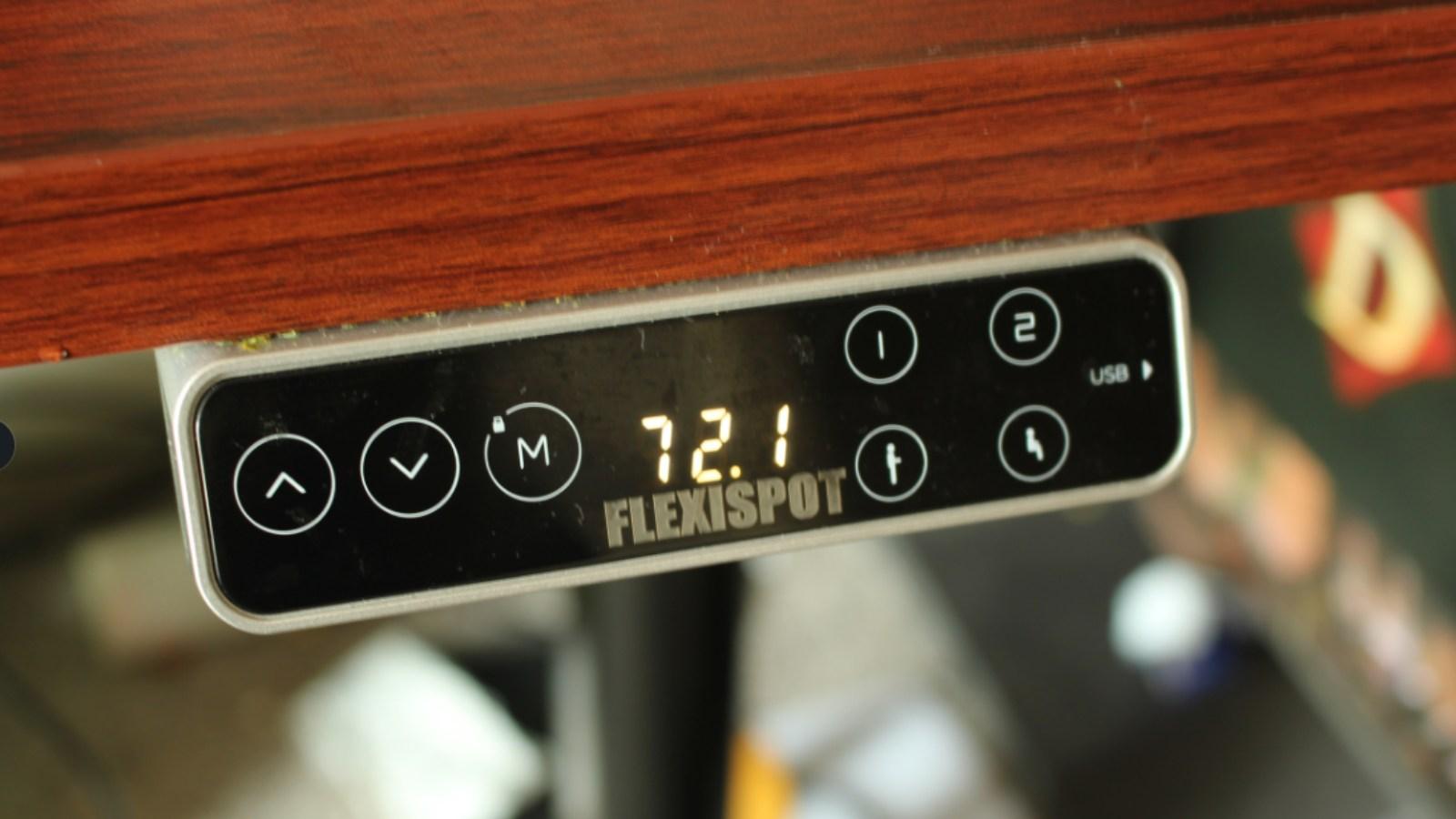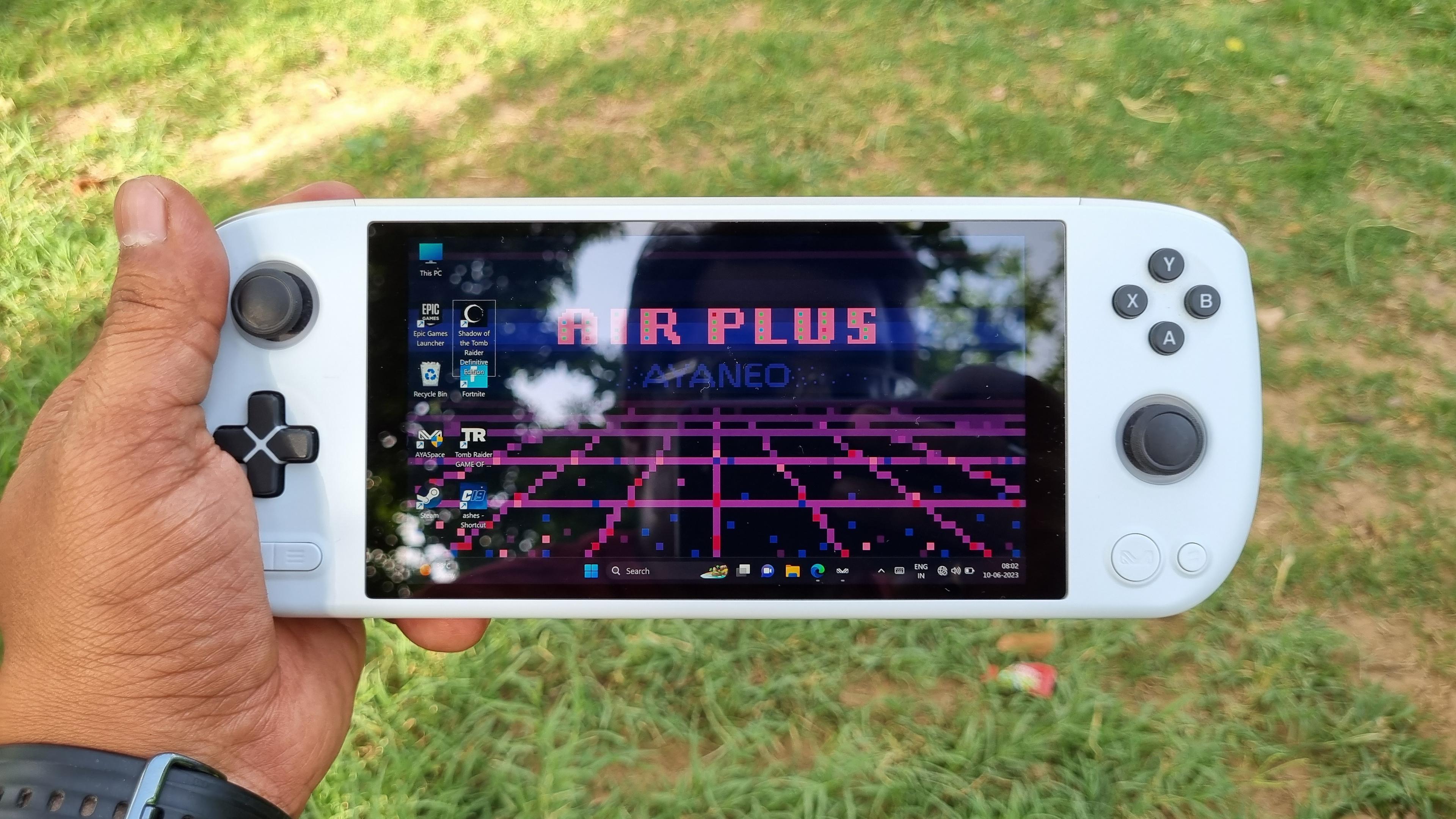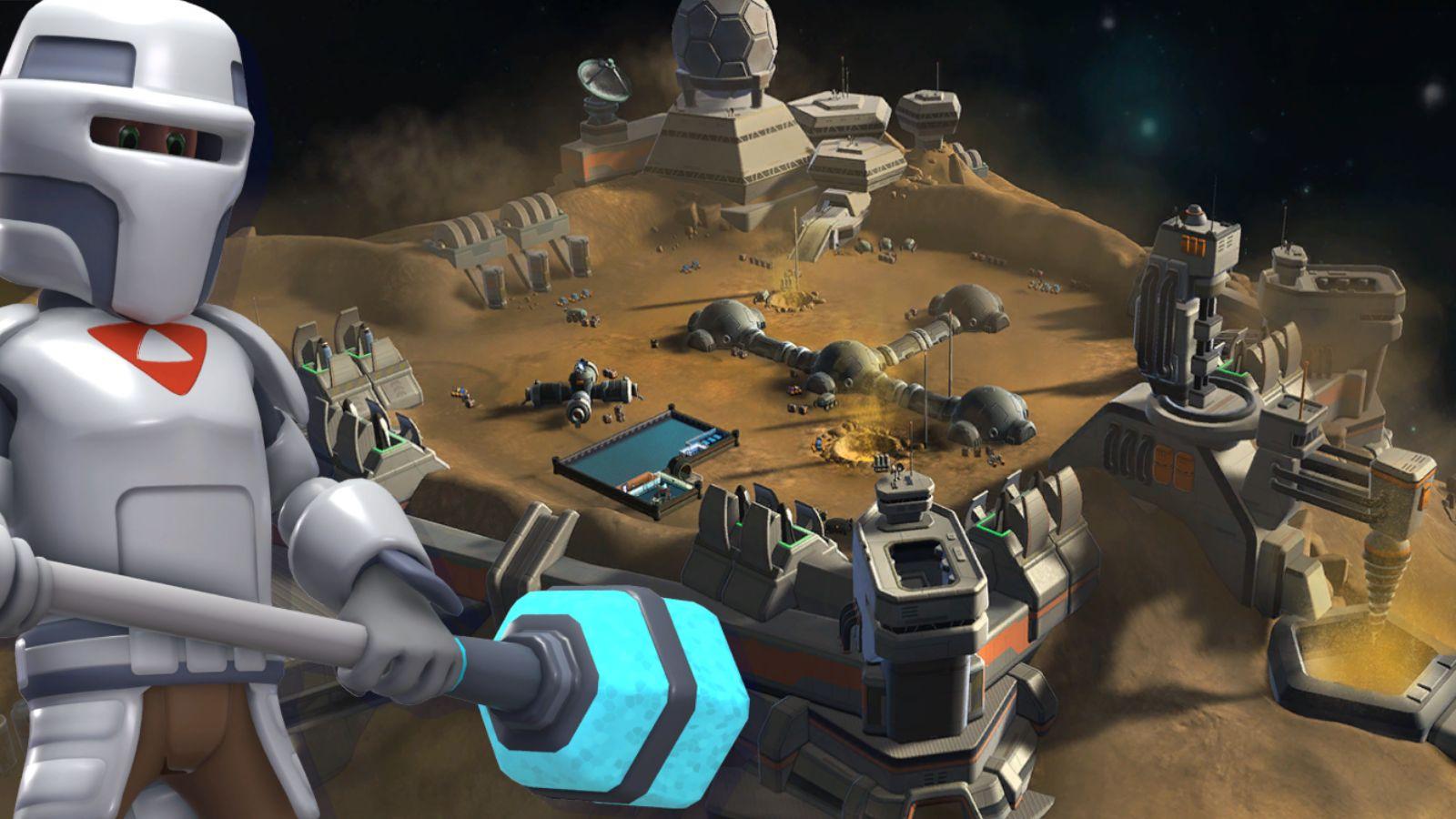Mountain DisplayPad and MacroPad review: Elgato watch out
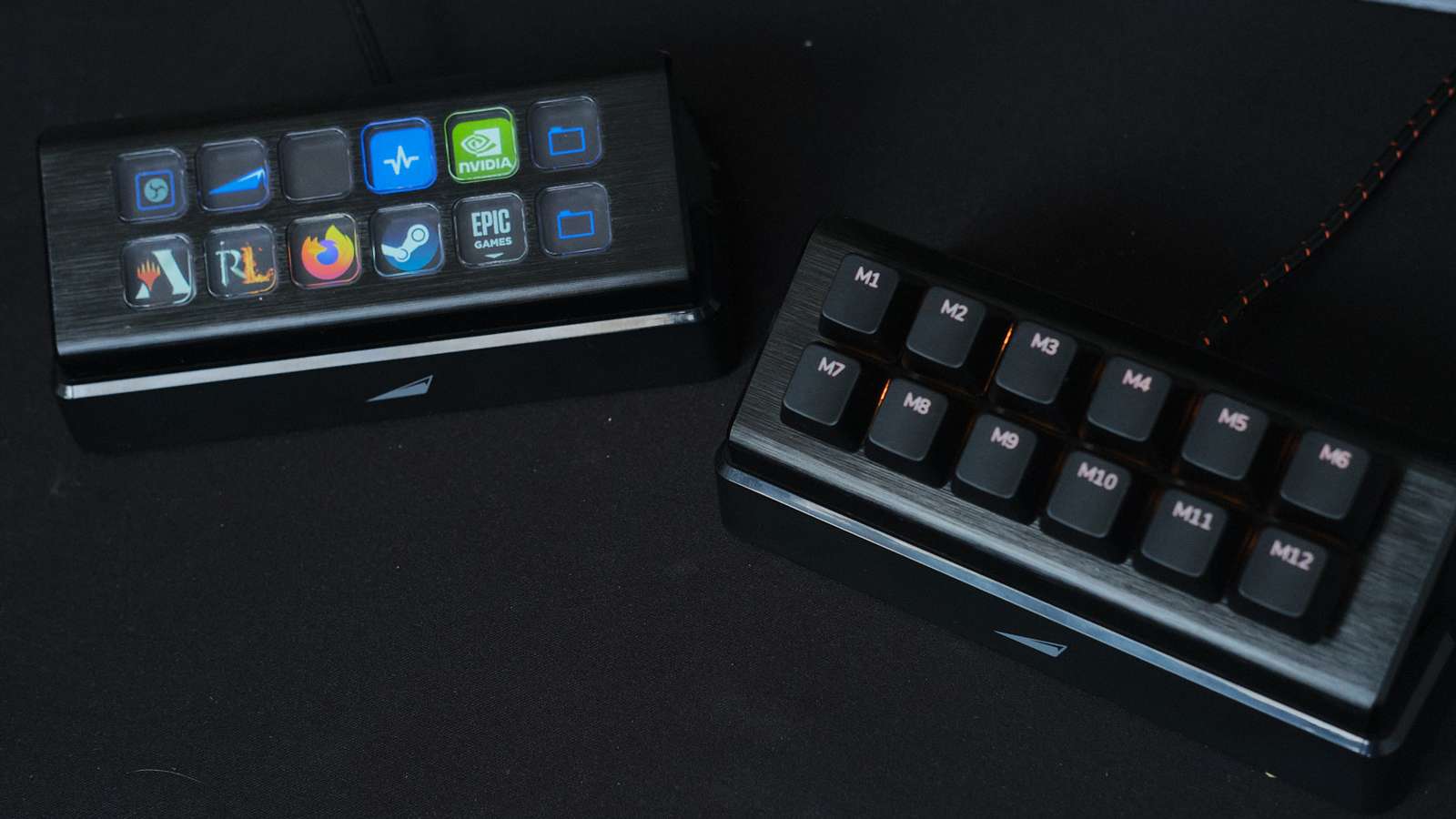 Dexerto
DexertoAfter cementing itself as a great peripheral maker, what does Mountain do next? The new MacroPad and DisplayPad seem to be about yanking Elgato off the peak.
Elgato and Corsair have an absolute monopoly on the macro world. Outside of their range, companies like Adafruit offer fun, DIY alternatives and the less said about Loupedeck’s dire offering, the better.
So now Mountain has stepped up to the plate, by offering not one, but two alternatives to Elgato’s foreboding reach. The DisplayPad and MacroPad don’t falter on the starting line, although, it feels as if the MacroPad might require a different approach.
- You can purchase the Mountain DisplayPad and MacroPad here.
Design
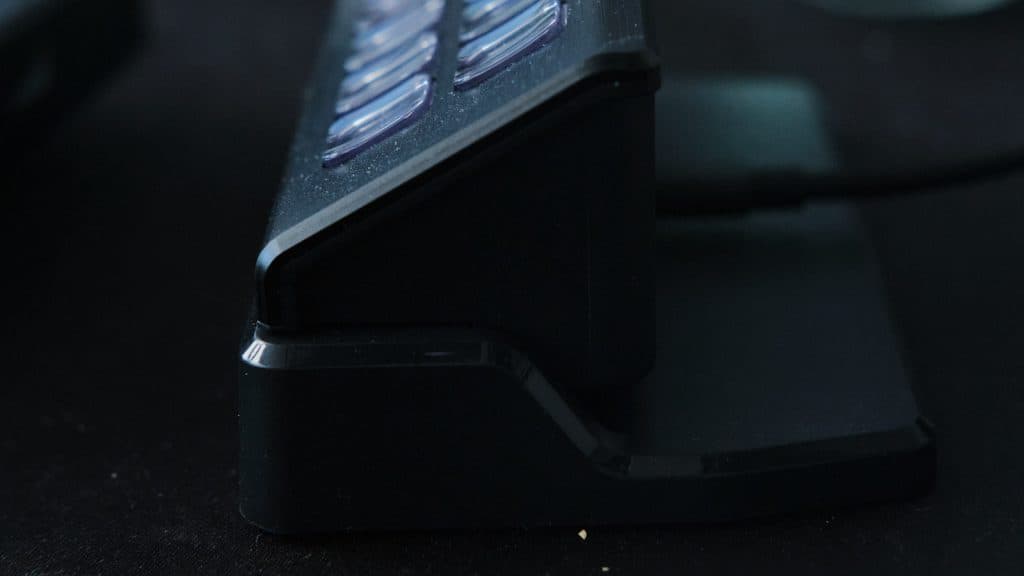 Dexerto
DexertoWe loved the design for both the pads, with their bulky designs not being without some elegance. Despite being thick blocks of the same machined metal that the Everest keyboards come in, they don’t take up too much space on the desk. This is especially true once you clip them onto the Everest Max, which leads to a major issue for us.
Missed connection
The two pads are packed with USB-C to USB-A cables, with the devices housing the USB-C ports. Our Everest Max keyboard has four USB-C ports, mostly for the ‘modules’ that Everest will presumably release over time. Despite being able to clip the two pads onto the Everest, there’s no way, out of the box, to connect them to the keyboard itself to supply power.
Even when we used a USB-C to USB-C cable, the Everest Max’s custom USB ports didn’t do us much good. It feels like a major oversight for a pair of devices that have had a lot of work put into them to ensure that almost every angle is covered. It appears as though Mountain still has some peaks to climb.
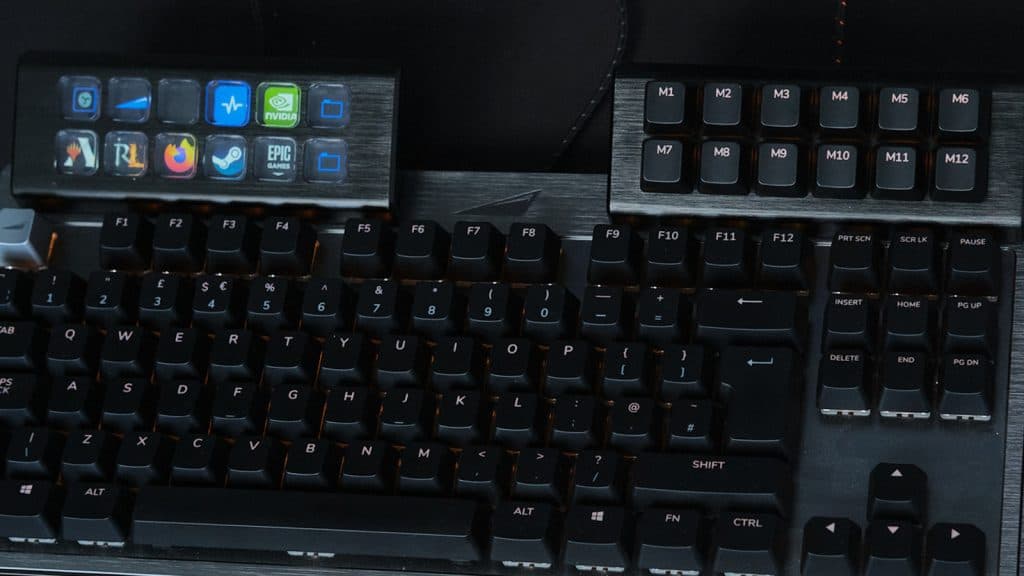 Dexerto
DexertoKey feel
Outside of this blunder, both devices have a satisfying keypress, with the DisplayPad housing 12 OLED buttons, and the MacroPad featuring 12 delightful custom Mountain Tactile switches.
The MacroPad comes with the same level of optional customization that the Everest does, with a pair of switch pullers to swap them for your preferred options.
Each pad also comes with a heavy-duty base if you’re not running the full Mountain loadout. These bases are superb, offering quick clip-on and clip-off, as well as a neat rubber bottom that keeps them from sliding around too much. Just don’t look underneath them, because it took 30 seconds for each one to pick up every tiny speck of dirt, errant hair, or crumb.
Features
Now, this is where the two begin to diverge a little. The DisplayPad can house a near infinite amount of combinations within folders and has the obvious advantage of featuring OLED screens to provide immediate information on what each button will do.
MacroPad: Better for games
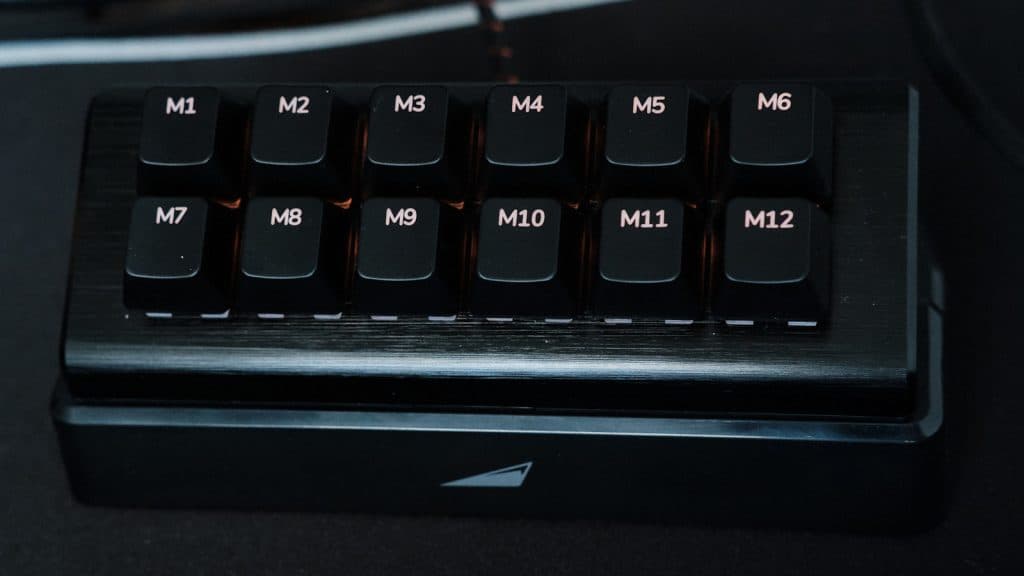 Dexerto
DexertoThe MacroPad, being effectively a 12-key keyboard, is a little limited. While you can set profiles for each program you might use – and it’ll automatically adjust to the chosen program too – we found it hard to immediately remember what each key did without constantly checking.
We found that taking the MacroPad out of the workflow and production angles and plopping it straight into our gaming scenarios opened up a world of possibilities.
Having an additional 12 buttons in our adventures across MMOs like Final Fantasy XIV, showed off just how useful the MacroPad can be. Despite the falter in the day-to-day, once we plunged into some gaming, we found it to be indispensable.
Even in games like Old School Runescape, being able to hit a button to type in our password and immediately log in without much thought was valuable time saved.
In titles like Destiny 2, just being able to program in a key to navigate menus was a boon. It seems Mountain though, is convinced this is a decent equivalent for production, or operating system-level functions.
We fundamentally disagree about that, though, as having to rely on the Base Camp software to change its function, is hinging too much on something that failed to do so a couple of times in our testing. This is ideal for gaming, not the advertised methods.
DisplayPad: All-around superstar
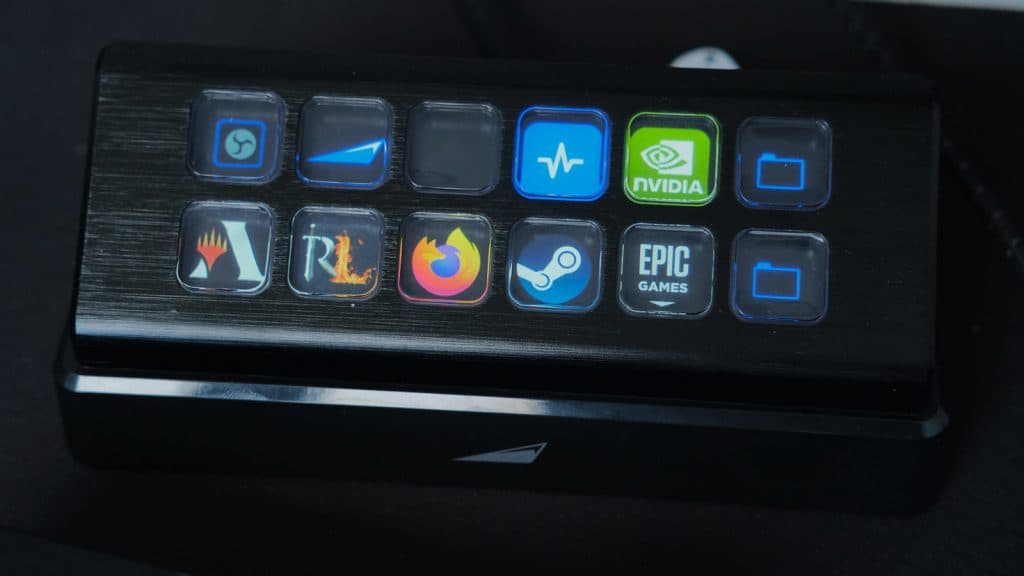 Dexerto
DexertoThe same can’t be said for the DisplayPad though, which we think could – if bigger alternatives come out in the future – knock Elgato off its post. Competition and alternatives in tech are sorely needed, and Mountain doesn’t hold back here.
Mountain’s DisplayPad is superb, both in its features and options and versatility. Not only did it function well in games, but it also became indispensable when recording footage of Assassin’s Creed and taking screenshots for upcoming game reviews.
Being able to immediately see what we were doing, as well as alternate between options with the folders, was seamless.
It helps that Mountain has clearly put thought into the device for creatives, providing full access to Twitch, OBS, and DaVinci Resolve, alongside particular Adobe products out the gate. The gesture is greatly appreciated and setup is a breeze.
Seriously, we were able to fill out the various buttons with all our favorite shortcuts in about five minutes, and creating new, deeper combinations mean it is now a staple of our workflow.
OBS issues
A small issue seems to come from OBS’s side of things. Since their update to version 28, they have integrated ‘Websocket’, which allows hardware or software to talk to OBS. Mountain hasn’t integrated Websocket 5 into Base Camp yet, meaning you have to do a little extra leg work to grab an older version until they can update it.
Once this is solved though, it worked flawlessly and we were able to eliminate a majority of our keystrokes within the software.
While we don’t think the DisplayPad will replace our fancy DaVinci Resolve Speed Editor, being able to hit a button to complete particular tasks not originally envisioned by either team at Blackmagic or Mountain was incredibly helpful.
Mountain and macOS
What wasn’t, was the lack of macOS support. We use macOS at the heart of a lot of heavy-duty creative tasks. Things like DaVinci Resolve, Photoshop, and Capture One all work out better when you have a color-accurate screen. As the M1 MacBook Pro has as close to that as we can afford, we discovered that both pads were limited to Windows for both setup and regular use.
It’s a shame and we hope that Mountain revises this to bring the two pads to Apple’s operating system quickly because then we think they might get packed up alongside the laptop when going out and about.
Verdict
Despite the MacroPad feeling useless after the DisplayPad stole its thunder, we never found it to be a waste of space. Within a gaming scenario, it consistently offered excellent support for complex macros and if you’ve got a decent memory, should do well in certain day-to-day tasks.
However, the DisplayPad is the real deal. We might want a bigger option in the future, but if you want a cheaper, but equivalent option – with better build quality – than its competitor, the DisplayPad is what you should go for.
DisplayPad: 8/10
MacroPad: 7/10
If you click on a product link on this page we may earn a small affiliate commission.
